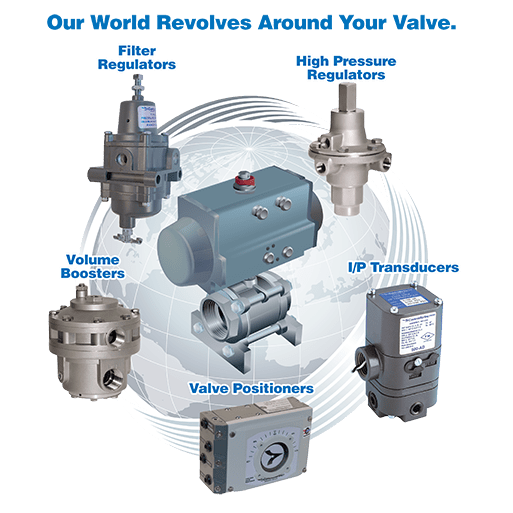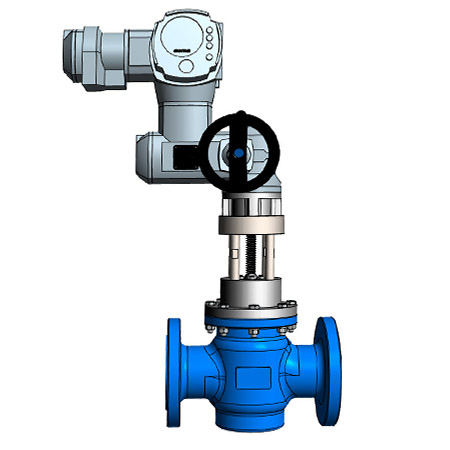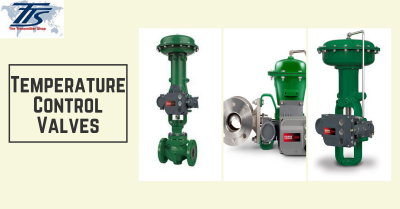Selecting the Right Control Valves: A Guide to Optimal System Performance
Selecting the Right Control Valves: A Guide to Optimal System Performance
Blog Article

Maximize Energy Cost Savings and Comfort With Advanced Structure Automation Controls
In the realm of modern-day architecture and facility management, the combination of sophisticated building automation controls stands as a pivotal advancement. The convergence of modern technology and sustainability has actually birthed a brand-new era where energy performance, comfort optimization, and operational streamlining are no more achievable realities but far-off ambitions. By using the power of automation, structures can adapt, respond, and develop in manner ins which were as soon as unbelievable. The capacity for considerable energy financial savings and improved comfort is not just a possibility but a promise waiting to be fulfilled. This standard change in building monitoring holds the vital to unlocking a world where environmental conscientiousness and resident well-being harmoniously exist side-by-side within the walls of our frameworks.
Energy Effectiveness Perks
Energy effectiveness benefits can significantly reduce power intake and operational expenses in structures. By carrying out energy-efficient techniques and technologies, structure owners and operators can attain substantial cost savings while also adding to ecological sustainability. One of the key advantages of enhancing power effectiveness in buildings is the decrease of energy expenses. Energy-efficient systems, such as innovative structure automation controls, can optimize the usage of resources like cooling, heating, and lights, leading to reduced power costs gradually.
Furthermore, enhanced energy effectiveness can prolong the life-span of structure equipment and systems. By running extra successfully, HVAC systems, light, and various other structure elements experience less deterioration, causing minimized maintenance and replacement prices. Additionally, energy-efficient buildings typically regulate greater home values and rental rates, giving long-lasting monetary benefits to owners.
In addition, energy performance can improve occupant comfort and performance. Properly managed interior settings with ideal lights and thermal conditions create an even more pleasurable and conducive work space, bring about improved employee satisfaction and efficiency. Generally, the energy efficiency advantages linked with advanced building automation controls are complex, incorporating expense savings, ecological stewardship, and occupant well-being.
Boosted Comfort Control
Enhancing convenience control in structure settings requires an advanced combination of advanced automation systems for ideal owner health. By using innovative building automation controls, centers can tailor the indoor setting to fulfill the particular requirements and preferences of owners. These systems enable accurate regulation of ventilation, illumination, and temperature level, creating a comfortable and efficient environment. Owner fulfillment and productivity are closely connected to thermal convenience, making it important to have systems in place that can adjust to transforming conditions in real-time.
By including these advanced controls, buildings can not just boost comfort however additionally enhance power efficiency by optimizing system procedures based on real occupancy and use patterns. Inevitably, prioritizing owner comfort with innovative automation systems leads to a more enjoyable and healthier interior environment.
Operational Effectiveness Improvements

Furthermore, the execution of real-time monitoring and analytics devices enables building drivers to determine energy ineffectiveness and operational abnormalities quickly. By constantly monitoring power usage patterns and system performance metrics, changes can be made in real-time to enhance power usage and make certain peak functional performance. control valves. Additionally, including demand feedback techniques right into building automation controls can further improve operational effectiveness by dynamically readjusting power use based on grid conditions and pricing signals
Indoor Environment Optimization
Efficient indoor environment optimization is a fundamental element of building automation controls, making certain residents' comfort and wellness while making the click for info most of power financial savings. By using sophisticated sensing units and controls, building automation systems can continually check and adjust temperature level, moisture levels, air quality, and air flow to produce an ideal indoor environment. Preserving comfortable and regular problems not just enhances owner contentment yet additionally improves productivity and general wellness.
Indoor environment optimization also plays a vital role in power performance. By fine-tuning heating, cooling, and air flow systems based on real-time data and tenancy patterns, developing automation controls can dramatically reduce power consumption - control valves. Carrying out methods such as demand-controlled ventilation and thermal zoning can assist lessen power waste while ensuring that each location of the building receives the necessary conditioning.

Sustainable Setting Development
Building automation regulates not only maximize interior climate conditions for power efficiency and resident convenience however additionally lay the structure for developing a lasting environment through critical administration of resources and systems. By integrating sophisticated structure automation technologies, such as sensors, actuators, and intelligent software application, centers can change and keep an eye on power usage in real-time to minimize waste and decrease their carbon footprint. These systems enable anticipating maintenance, identifying potential problems prior to they escalate and enhancing tools performance to enhance long life and performance.
In addition, lasting setting development extends beyond power administration to incorporate water conservation, waste reduction, and interior air high quality renovation. Building automation controls can manage water use, identify leaks, and make sure appropriate garbage disposal techniques, adding to overall sustainability efforts. Additionally, by managing and monitoring air flow and filtering systems, these innovations boost passenger wellness and performance while lowering energy consumption linked with HVAC procedures.
Final Thought
To conclude, advanced structure automation controls deal significant benefits in regards to power cost savings, comfort control, functional efficiency, indoor environment optimization, and developing a sustainable environment. By carrying out these controls, buildings can attain ideal efficiency while decreasing energy consumption and enhancing passenger convenience. It appears that using advanced automation innovation my latest blog post is important in boosting building performance this and creating a more sustainable future.
Power performance advantages can dramatically minimize energy intake and functional expenses in structures. In general, the energy efficiency advantages connected with sophisticated building automation controls are diverse, incorporating expense financial savings, environmental stewardship, and owner wellness.
Additionally, integrating demand action techniques into structure automation controls can better boost functional efficiency by dynamically changing energy use based on grid conditions and rates signals.
Building automation controls not just maximize interior environment conditions for energy efficiency and owner comfort however likewise lay the foundation for developing a sustainable setting with critical administration of systems and sources.In final thought, progressed building automation regulates offer considerable benefits in terms of power savings, comfort control, operational efficiency, indoor climate optimization, and creating a sustainable setting.
Report this page